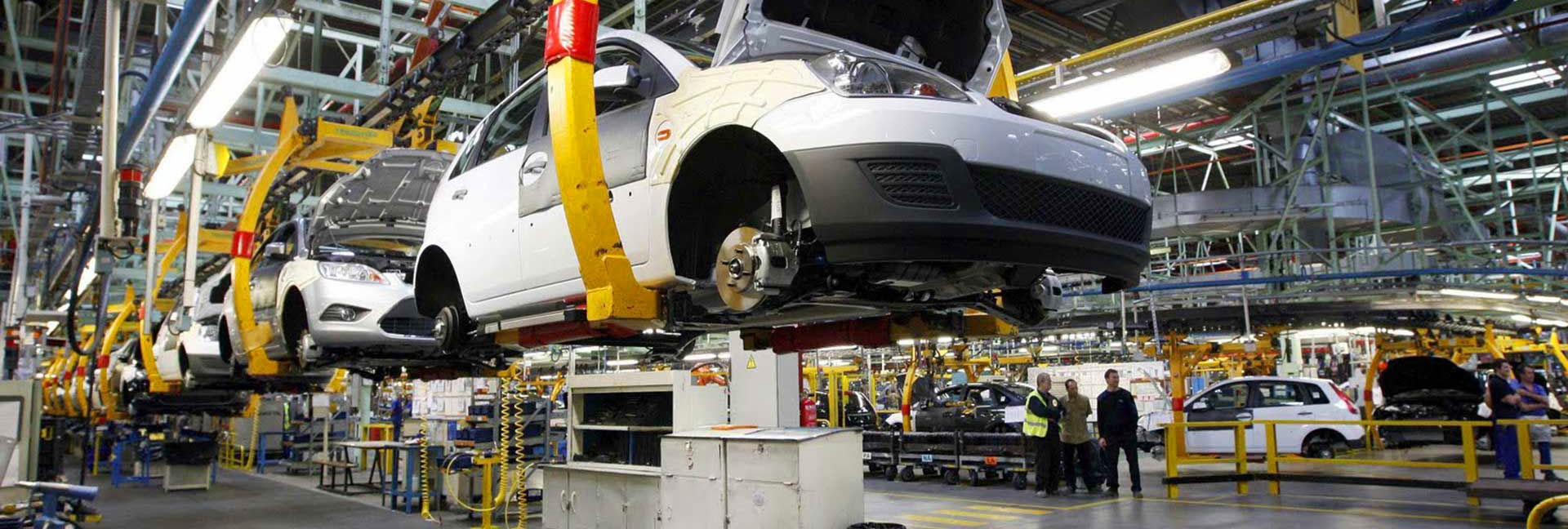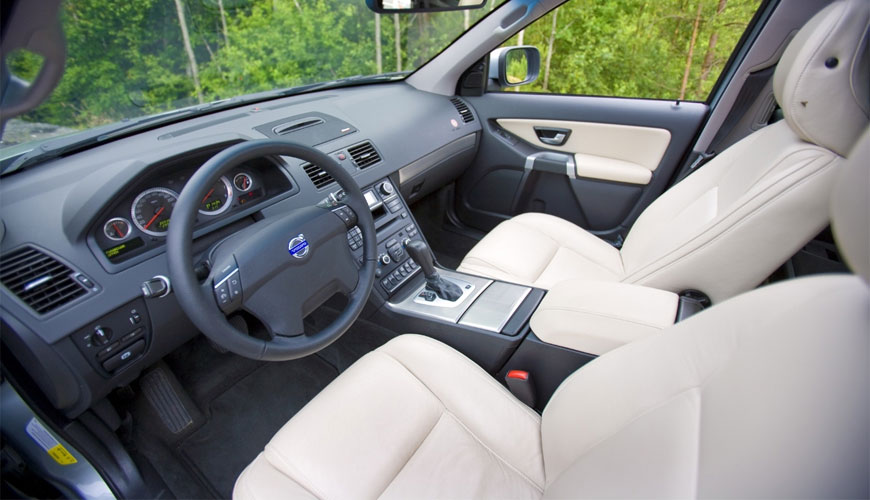

EUROLAB laboratory provides testing and compliance services within the scope of ECE R21 standard. ECE R21 test regulation includes defaults for the resulting deceleration for a passenger head by slamming building parts of a cockpit. A steel ball is used as a test piece. For acceptance testing, a maximum deceleration of 3 g cannot be exceeded for a continuous period of 80 ms.

These tests often involve cockpit damage, resulting in higher setup times and costs in larger test series. In addition, only the results after the test can be evaluated against modern measurement techniques. Insight into the actual kinematics of the multiplication and therefore the basic information for a possible improvement often remains undefined.
Here the simulation can make an important contribution to better analysis of kinematics in a crash and compile improvements based on them, and the headform should hit the test component at speed 24.
The defined reference zone must not show dangerous roughness or sharp edges likely to increase the risk or severity of occupant injury. The basis of verification is a sphere with a diameter of 165 mm, which will roll in the cockpit. Parts that cannot be contacted by this sphere will not be verified for surface integrity.
In addition, the cockpit must pass a head impact test to meet ECE R21. The head impact zone includes all unglazed surfaces of the interior of a vehicle that can come into static contact with a 165 mm diameter spherical head. It is an integral part of a measuring device whose dimensions can be continuously adjusted from 736 mm to 840 mm from the point of rotation of the hip to the crown of the head.
The head shape should strike the test component at a speed of 24,1 km/h or 19,3 km/h on portions containing an unfilled airbag (eg hitting the airbag cover). The tester consists of a pendulum with a reduced mass of 6,8 kg at the percussion centre. The lower end of the pendulum consists of a rigid head with a diameter of 165 mm, the center of which is the same as the stroke center of the pendulum. After an inspection, the certification authority makes a decision about the locations of the head impact points in the defined reference region.
The review is based on the initial design concept of the cockpit structure. The considered impact point is located on the front edge of the instrument cluster towards the co-driver. The instrument panel is equipped with a rib structure for reinforcement. Directly under the instrument panel is the airbag module, which will be struck in the event of a head impact.
The front edge of the instrument panel is very stiff due to the rib on the rear. There is also a support between the instrument panel and the airbag unit. This leads to a rapid increase in the deceleration curve. Deformation can be observed in the upper part of the instrument panel and the rib structure at the bottom. After about 3.5 ms, the displacement of the rope beam can be observed. This results in smaller deceleration values and a flatter upward slope in the deceleration curve. There is a 5 ms contact between the rib structure in the instrument cluster and the upper border of the airbag box, which serves to fix the airbag cover. The system works in blocks and the deceleration curve rises steeper. Impactor bounce with approximately 7,0 ms (maximum
path) starts.
EUROLAB laboratory, with its professional engineer staff, provides the best service to you, our suppliers and manufacturers, with 21 years of experience, within the scope of approval for the interior equipment of ECE R25 vehicles. Do not hesitate to contact our organization EUROLAB for all your automotive testing and service requests.
To get an appointment, to get more detailed information or to request an evaluation, you can ask us to fill in our form and reach you.